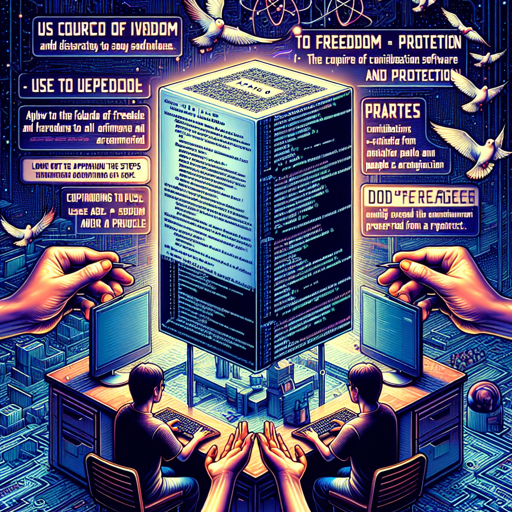When you embark on the journey of creating software, one of the pivotal decisions you face is choosing the right license for your project. The Apache 2.0 License is a popular choice among developers, offering a balance of freedom and protection. In this blog, we will guide you through the steps of understanding and using the Apache 2.0 License effectively for your projects.
What is the Apache 2.0 License?
The Apache 2.0 License is an open-source license that allows you to freely use, modify, and distribute software while providing a clear framework to safeguard your and others’ contributions. It ensures that contributors are acknowledged and protects all parties involved from legal repercussions.
How to Apply the Apache 2.0 License to Your Project
- Step 1: Prepare Your Code
- Step 2: Create a LICENSE File
- Step 3: Add a License Header
Before diving into licensing, make sure your project code is clean, organized, and ready for public use.
In your project repository, create a file named LICENSE or LICENSE.txt. Inside, copy and paste the full text of the Apache 2.0 License from the official site.
At the top of each source file in your project, include a short license header that states the file is licensed under the Apache 2.0 License. For example:
/*
* Licensed under the Apache License, Version 2.0 (the "License");
* you may not use this file except in compliance with the License.
* You may obtain a copy of the License at
*
* http://www.apache.org/licenses/LICENSE-2.0
*
* Unless required by applicable law or agreed to in writing, software
* distributed under the License is distributed on an "AS IS" BASIS,
* WITHOUT WARRANTIES OR CONDITIONS OF ANY KIND, either express or implied.
* See the License for the specific language governing permissions and
* limitations under the License.
*/If your project has significant contributions or third-party dependencies, consider including a NOTICE file that outlines these contributions and dependencies explicitly.
Why Choose Apache 2.0 License?
By opting for the Apache 2.0 License, you’re not just protecting your work; you’re also promoting collaboration. It facilitates the merging of ideas and improvements from the global developer community. Moreover, this license allows for both commercial and non-commercial use, significantly broadening your project’s reach.
Troubleshooting Common License Issues
Even with clear guidelines, you might encounter some issues. Here are troubleshooting ideas to help:
- Confusion on Contributions: If you’re uncertain whether contributions from others should be included, simply ask contributors for their permission, ensuring proper acknowledgment.
- Using Third-party Code: If you’re integrating third-party libraries, ensure their licenses are compatible with the Apache 2.0 License to avoid legal complications.
- License Validity: If there’s any question about the validity of your licensing process, consult an expert in software licensing for clarification.
For more insights, updates, or to collaborate on AI development projects, stay connected with fxis.ai.
In Conclusion
Choosing the right license can elevate your project from simply being a codebase to a collaborative effort with far-reaching impacts. The Apache 2.0 License ensures that you, your contributors, and your users are well-protected while fostering an open-source environment. At fxis.ai, we believe that such advancements are crucial for the future of AI, as they enable more comprehensive and effective solutions. Our team is continually exploring new methodologies to push the envelope in artificial intelligence, ensuring that our clients benefit from the latest technological innovations.

